Raytheon and the Business-Higher Education Forum expand efforts to improve U.S. STEM education
Unique tools -- including state-level STEM modeling project, new online version of the U.S. Education STEM Model and in-depth report -- offer insight and guidance to policymakers and educators
NEW YORK (September 27, 2010) — Raytheon Company (NYSE: RTN) and the Business-Higher Education Forum (BHEF) today announced three new activities to help policymakers and educators tackle the challenges associated with improving science, technology engineering and math (STEM) education in the U.S. Central to this effort are the release of an innovative package of hands-on tools and the launch of a new state-level STEM modeling effort, which will see Raytheon and BHEF partner to enable regionally-specific models.
“We all have a stake in helping our nation secure the pipeline of STEM talent for the future,” said William H. Swanson, Chairman and CEO of Raytheon Company and Chairman of the Business-Higher Education Forum. “Raytheon is proud to continue to support this mission by building on our extensive commitment to math and science education in the United States, which includes our participation in the new Change the Equation initiative. We believe that the enhancements we are announcing today to the Raytheon-developed BHEF U.S. STEM Education Model will further sharpen the tools needed to help our nation achieve this important goal.”
In addition to the state-level STEM modeling program, Raytheon and BHEF unveiled a Web-based tool that allows policymakers and others to easily access the model and run their own simulations or view a set of pre-existing scenarios. Both are designed to help policymakers, educators and researchers understand the complex nature of the U.S. education system and identify potential solutions that could increase the number of students who are interested and prepared in STEM fields, and ultimately, increase the number of students who obtain college degrees in these fields. Today’s news follows the July 2009 launch of the Raytheon-built BHEF U.S. STEM Educational Model, the first-ever simulation and modeling tool for the U.S. STEM education system.
Today’s announcement, previewed last week by President Obama in a press release launching Change the Equation, was made as part of Raytheon’s sponsorship of NBC’s “Education Nation,” held in New York City Sept. 26-29. Raytheon’s work on the STEM Model tool and its sponsorship of “Education Nation” are all part of its STEM education program, MathMovesU®, a program designed to inspire a critical age group — middle school students — to get excited about math and science.
Specifics regarding the components announced by Raytheon and the BHEF today include:
Online STEM Model: An intuitive Web-based version of the model was developed to make the BHEF U.S. STEM Education Model more widely accessible to policymakers and educators. The new version was developed in collaboration with The Ohio State University (OSU) and contains sample policy scenarios, custom simulations, and details on the structure of the model.
State STEM Education Modeling Project: This new project will employ the modeling and simulation approach used to create the U.S. Model and apply it to the unique characteristics of states. Raytheon is teaming with BHEF to create a state version of the model that will support policymakers and other stakeholders in Arizona, California, Florida, Massachusetts, and Texas in understanding how to develop strategies and direct investments that will strengthen STEM education and workforce policies in their states. BHEF is also working with the Battelle Center for Mathematics and Science Education Policy at OSU to develop an Ohio STEM education and workforce model.
New STEM Report: Developed by BHEF, this in-depth report titled “Increasing the Number of STEM Graduates: Insights from the U.S. STEM Education & Modeling Project” delivers fresh perspectives on the United States’ STEM challenges and offers solid recommendations to address these challenges. These findings resulted from the development of the BHEF U.S. STEM Education Model and aim to drive more strategic and systemic policy planning to increase STEM graduates in the United States. Some significant insights include:
- Increasing the number of STEM college graduates will require a carefully integrated P-12 and higher-education strategy.
- Strengthening STEM undergraduate education is the highest leverage strategy to meet employers’ immediate STEM workforce needs.
- Improving the number of STEM-capable teachers is vital to increasing the number of students who choose and succeed in STEM majors.
- Increasing the pool of students who are interested in STEM majors and careers will require an increase in interest and proficiency as fewer than one in five 12th graders currently have both high interest in STEM and high proficiency.
BHEF Executive Director Brian K. Fitzgerald said of the partnership: “BHEF is pleased to continue its unique collaboration with Raytheon to advance the model’s utility in helping states explore policy scenarios specific to their local contexts. Together, we have created a tool that enables education policymakers and funders to leverage systems thinking and simulation in policymaking and provide systemic solutions to the STEM challenges facing our country.”
